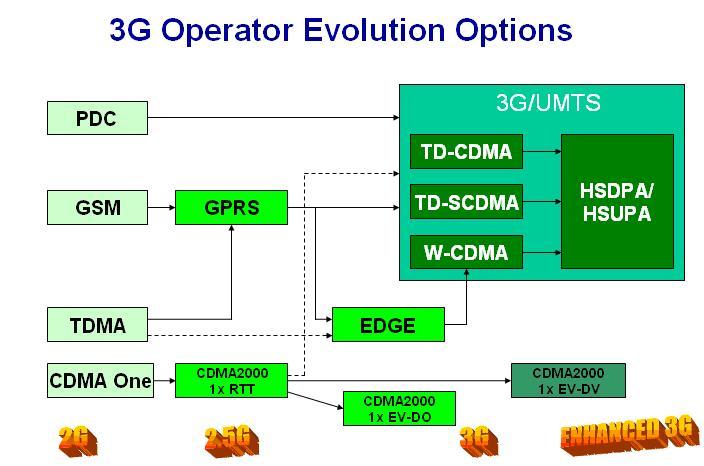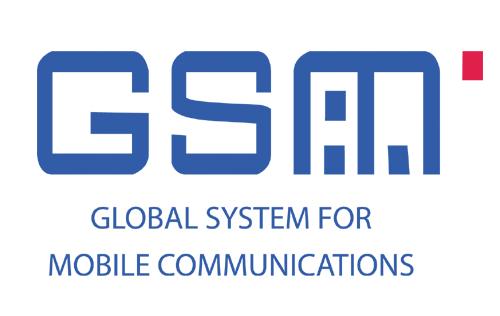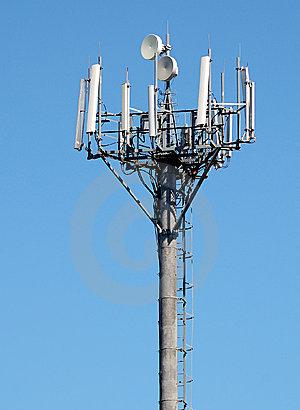Difference Between GSM and UMTS Technology

GSM (Global System for Mobile Communication) is a telephony system which defines the operations of mobile telecommunication. In simple words, GSM is a technology widely used in the telecommunications industry. UMTS (Universal Mobile Telecommunications System) on the other hand, is an advanced mobile telecommunications technology, similar to GSM is various aspects. GSM directly corresponds to 2G technology whereas UMTS corresponds to the latest, 3G technology. Data transfer rates in UMTS are much higher than data transfer rates in GSM. GSM is more widely used than UMTS because of the fact that UMTS is in its initial evolutionary stages.
Instructions
-
1
GSM
GSM was developed by European Telecommunications Standards Institute (ETSI). Although work started as early as 1982, it was not until early 90s that the technology was officially introduced. GSM was developed to define operating protocols for 2G cellular networks all across Europe and thus served as replacement to the old 1G cellular technology. With the passage of time, countries across the globe also launched the GSM technology.
Just like any other technology, GSM also underwent a number of evolutionary phases. GPRS (General Packet Radio Services) and EDGE (Enhanced Data rates for GSM Evolution) were added to the GSM technology later on.
Almost all 2G GSM networks operate in 900 MHz or 1800 MHz frequency bands. However in countries like China and USA, these bands are already allocated. For this reason, GSM networks in these countries use 850 MHz or 1900 MHz frequency bands instead. In order to maintain a difference between users on a particular GSM network, Subscriber Identity Module, more commonly known as SIM cards were introduced.
Image Courtesy: talkandroid.com

-
2
UMTS
42 Mbit/s data transfer rate was never heard of until the development of UMTS. The speed at which consumers connected to UMTS operated cellular networks can use various services is unparalleled. UMTS directly corresponds to 3G technology and the future 4G technology which will also use UMTS operated networks is also under the process of development.
Mobile users got the liberty of watching TV on their cell phones and video calling with the advent of UMTS. One just needs to have a smart phone with 3G network to experience the limitless possibilities.
With the passage of time, more and more cell phone providers are switching from GSM to UMTS. This is basically to compete in the ongoing 3G competition across the globe.
Image Courtesy: dreamstime.com








